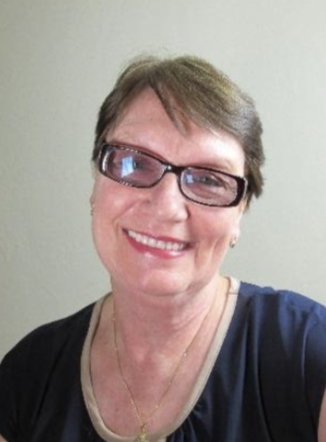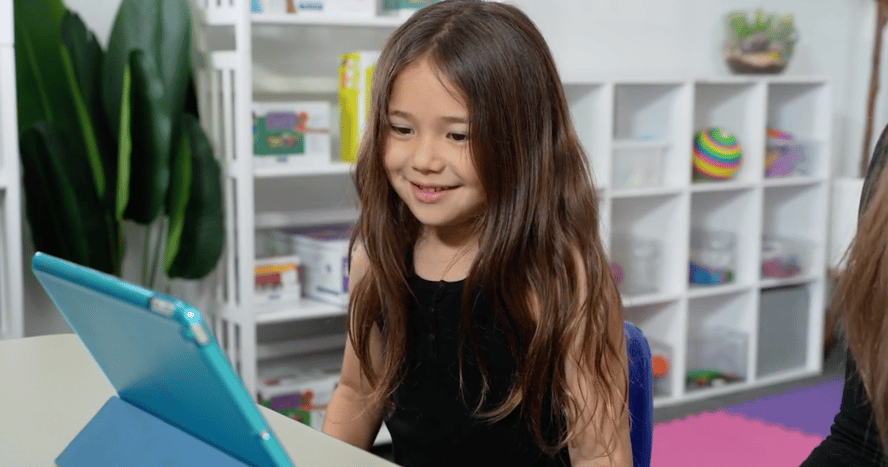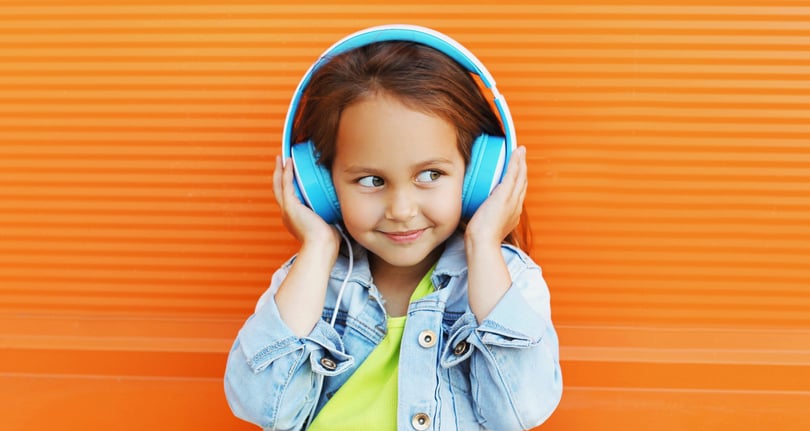
It is estimated that 80% of autistic children also have sensory issues, if not Sensory Processing Disorder (SPD), as a comorbid condition. However, many parents, caregivers, and educators are not aware of the struggles this can pose for autistic children.
My attention was drawn to this again recently after a special education teacher sent me his review of my latest book, Autism on a Shoestring Budget. He commented that as someone who has worked in this field for 17+ years, the chapter that stood out to him the most was the one on sensory issues. He wrote, “I don’t think teachers pay enough attention to or take into account, how serious sensory issues can be for autistic students. I wish educators would have a stronger background in how to identify sensory issues and, more importantly, how to support students who are struggling.”
What is Sensory Processing Disorder?
My grandson was diagnosed with Sensory Processing Disorder (SPD) at age 4. When his Occupational Therapist (OT) explained that this may be the cause of his inconsolable crying when I put on his socks and shoes, his resistance to tooth and hair brushing, and a host of other sensory-related upsets, it finally made sense.
To understand the impact sensory issues can have on a child, it is important to know that SPD is a neurological disorder causing difficulties with taking in, processing, and responding to sensory information in one's environment and from within a child’s own body. A child with SPD is either going to act out or withdraw in order to manage the overwhelming stimuli of their environment.
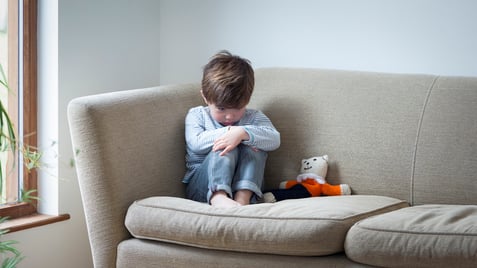
What are the symptoms?
The symptoms of SPD can affect a child behaviorally, physically, and/or psychosocially. In the case of my grandson, his symptoms were mostly behavioral and physical.
Behavioral symptoms
These can include withdrawing from touch, difficulty calming oneself, refusing certain foods, hypersensitivity to fabrics and tags, a dislike of dirt, avoiding creative play, repetitive playing or TV watching, oversensitivity to sounds, odors, and background noises, accidentally harming others, and dangerous behaviors, such as bolting or aggressive behavior to avoid a sensory issue.
Physical symptoms
These can include odd posture, poor balance, delayed fine and gross motor skills, impaired sleep, eating, and elimination patterns, being in constant motion, jumping, poor coordination, and high or low pain tolerance.
Psychosocial symptoms
These can include anxiety, depression, social isolation, being fearful of crowds and sudden touch, and standing too close to others.
One of my favorite, eye-opening video clips to show during my workshop on the basics of autism shows how an autistic child may be affected by the sensory stimuli in a shopping mall. You can watch it here: https://www.youtube.com/watch?v=aPknwW8mPAM&t=2s
How Can We Help?
I was so grateful to learn that I could relieve the discomfort my grandson experienced by taking steps to start desensitizing him. His OT gave me a list of simple exercises that I could do with him at home, and I also started a daily brushing routine that helped tremendously. I found seamless socks, more comfortable shoes and pants, cut tags out of shirts as soon as I got them home from the store, and adjusted his tooth-brushing routine. I also carried a set of noise-dampening headphones with me to use when sounds in certain places were too loud and upsetting for him.
Here is a list of simple things you can do to help alleviate the painful sensations that your autistic child or student may struggle with:
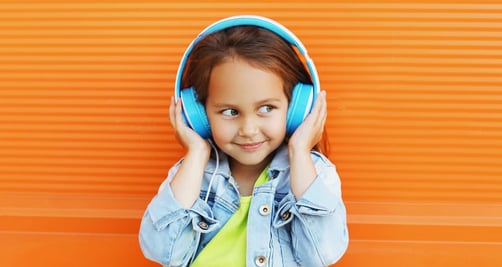
Adapt clothing:
Finding soft clothing, such as track pants instead of stiff and scratchy jeans, can make a big difference. If a child has a hard time keeping his shoes and socks on, it may be due to the seams in the socks, or uncomfortably footwear. Seamless socks, or turning the socks inside out, and shoes made from soft material with Velcro closing, may be easier to tolerate and do the trick.
Adapt lighting:
Many autistic children are very sensitive to the flickering of fluorescent lights. Soft and low lighting from lamps with incandescent lightbulbs can make a big difference.
Adapt surroundings:
Many pre-school and transitional kindergarten (TK) teachers love to decorate their classrooms brightly and liberally, but this can be overstimulating for autistic children, and be the cause of bolting. A less stimulating décor in classrooms and a soothing fish tank can have a calming effect.
Adapt the noise level:
Turn down the volume when showing videos or playing music, and have noise-dampening headphones available if a student or child has sound sensitivities. The running water of a small table fountain can also be soothing.
Provide appropriate exercises:
Consult an OT to see what type of exercises could help regulate your child’s senses. In my grandson’s case, wall push-ups, shoulder presses, and other sensory input exercises helped.
Provide sensory gadgets and chew toys:
Fidget and chew toys can also help. My grandson’s favorite fidget toy when he was little was a balloon partially filled with flour and a silly face drawn on it. He carried his “Silly Balloon” with him everywhere. For those children who tend to chew on just about anything, safe chew toys or chew jewelry can be helpful.
By adopting some of these and other early interventions, my grandson has become more sensory tolerant over the years, but that does not mean he isn't affected by SPD anymore. From time to time he will be bothered by something that didn’t affect him for a great while. His socks, no longer seamless, may start bothering him after becoming scratchy inside after many washes. The feel of something he touched many times may suddenly turn him off, or the sound, texture, taste, or smell of something that hasn’t bothered him may unexpectedly be intolerable.
When this happens, it’s easy to minimize it, or not make the connection between SPD and the ensuing meltdown right away. This is when it is important to remember that SPD is a neurological disorder, and it will never really go away.
While consistent intervention does help children with SPD to become more sensory tolerant, there are times when something may suddenly bother them again. Please don’t ignore or minimize this, because a child can actually experience pain, which, if experienced by anyone else at that level, would trigger a reaction, too.
It is important to work with your child or student and teach him how to address any sensory issues appropriately.
If verbal, he can learn to use his words to express what he is feeling and ask for help instead of melting down uncontrollably, which can upset those around him and leave them baffled as to what triggered the sudden breakdown.
If non-verbal, you can try to find another way for your child or student to express the discomfort, so you can respond accordingly and appropriately. Having visual supports—pictures a non-verbal child can point to—can be very helpful.
Showing autistic children that you respect their feelings, acknowledging their discomfort, and finding a solution to the problem together will minimize the trauma that often accompanies sensory issues, and will eventually help them learn to cope independently.

